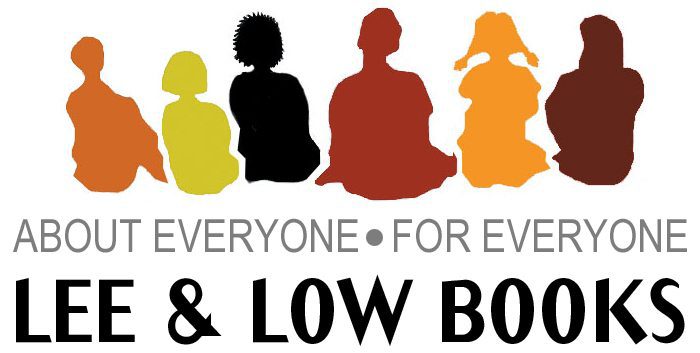
In an industry often criticized for its lack of diversity, recent findings from Lee & Low’s 2023 Diversity Baseline Survey offer a glimmer of hope, albeit with the acknowledgment that progress is slow and there’s much work to be done. The survey, which aims to shed light on the demographics of the publishing industry in North America, has revealed incremental changes in race, sexual orientation, and disability representation among publishing professionals.
Racial Diversity: A Gradual Shift
The survey paints a picture of an industry that is gradually becoming more racially diverse. From 2015 to 2023, the percentage of respondents identifying as white has decreased from 79% to 72.5%. This shift, while modest, suggests a possible impact of more inclusive hiring practices and a broadening participant pool in the survey itself, which now includes a wider array of publishers. However, at the executive level, diversity remains a challenge, with 76.7% of positions held by white individuals.
Gender and Sexual Orientation: Breaking Norms
Gender representation in publishing shows a clear dominance of cisgender women, who account for 71.3% of the workforce. However, this representation drops to 62.9% at the executive and board levels, indicating a gender gap in leadership roles. In terms of sexual orientation, the industry has seen a significant shift towards inclusivity, with 68.7% of staffers identifying as straight, down from 88% in 2015. This change reflects a broader acceptance and representation within the industry.
Disability and Remote Work: New Frontiers
The survey also highlights an increase in staff identifying as disabled, from 11% in 2019 to 16.2% in 2023. This uptick suggests a growing recognition and accommodation of disabilities in the workplace. Additionally, the industry’s adaptation to remote work, with 93.2% of staffers working in either a hybrid or fully remote model, points to a more flexible and accessible work environment.
Age and Location: The Changing Face of Publishing
For the first time, the survey looked into age and location, revealing that the majority of industry staffers are between 25 and 34 years old and predominantly based in the Northeast. This demographic snapshot provides insight into the generational and geographic diversity within the industry.
Interns: The Future is Bright
Interestingly, interns represent the most diverse group within the survey, with only 36.2% identifying as white. This diversity extends to racial and ethnic backgrounds, offering a hopeful glimpse into the future of publishing. It underscores the importance of nurturing a diverse talent pipeline to ensure the industry’s continued evolution towards inclusivity.
Moving Forward
Lee & Low’s survey underscores the importance of diversity, equity, and inclusion (DEI) in the publishing industry. While the changes are incremental, they reflect a positive trend towards a more diverse and inclusive industry. However, the survey also serves as a reminder that commitment to DEI must be matched with transparent and effective actions. As the publishing industry continues to evolve, the hope is that these small steps will lead to significant transformations, enriching the literary world with a multiplicity of voices and perspectives.


